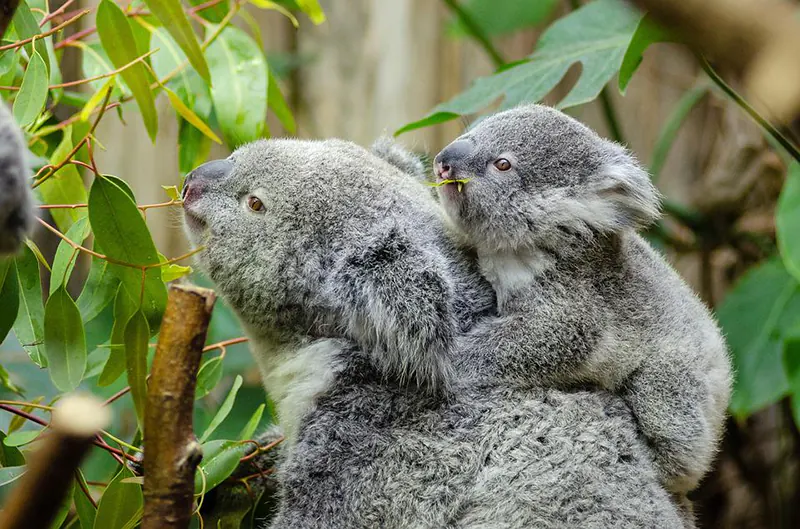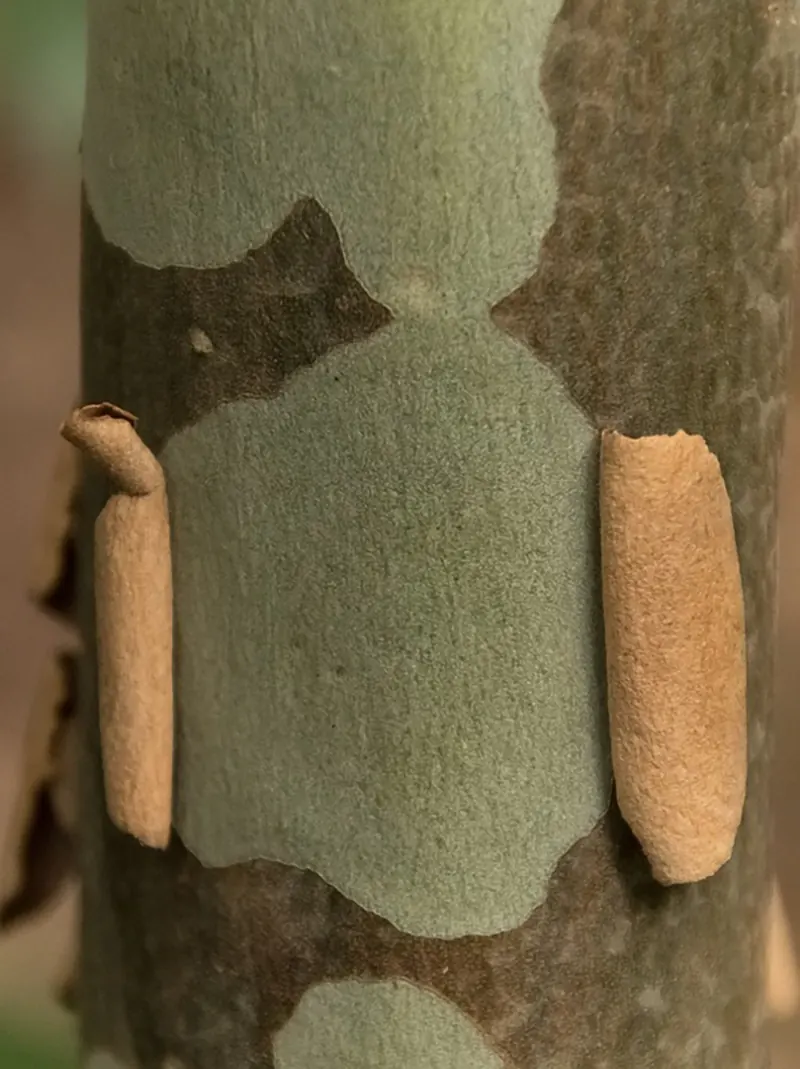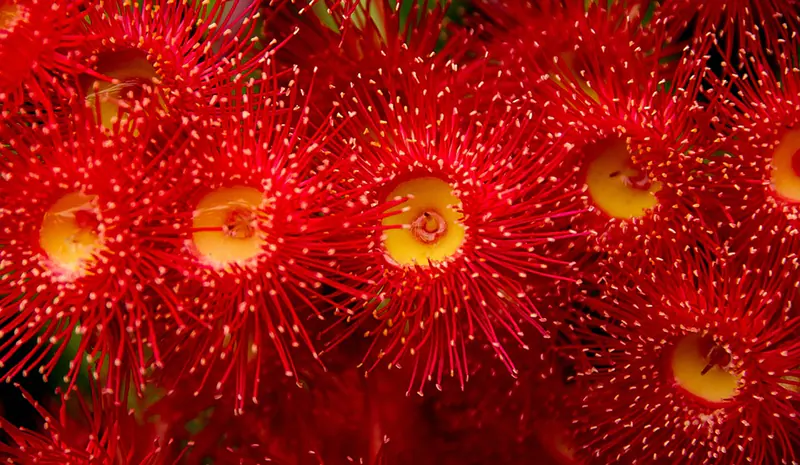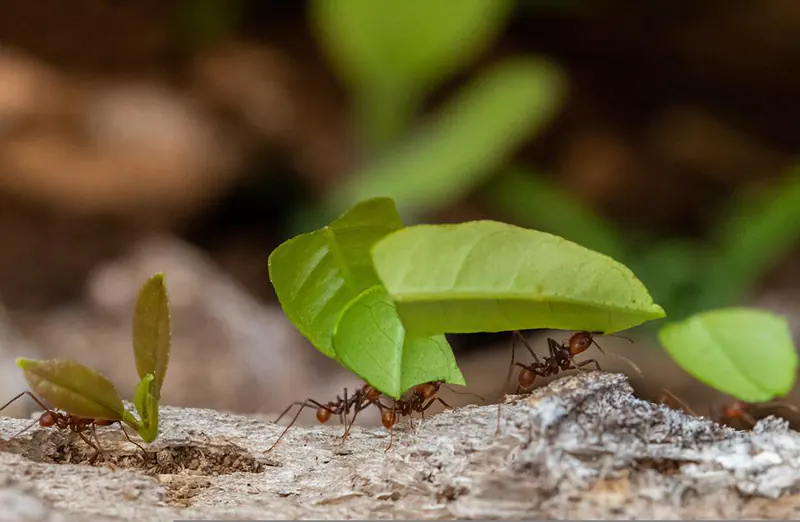How to Propagate a Eucalyptus
Eucalyptus is a tree that’s native to Australia, but it grows in many parts of the world. The name means well-covered, stemming from “eu” for well in the Greek language and “kalyptos” referring to the cover.
It mostly links to the cup structure of the membranes, holding a sturdy lid that’s discarded when flowering. The eucalyptus has fruit with woody skin in the form of a cup, and within it are tiny seeds.
More than two-thirds of the Australian vegetation consists of eucalyptus. The Eucalyptus genus is within the Myrtaceae family with more than 700 species. In this guide, we’ll show you how to propagate a eucalyptus using various methods, such as seeding, grafting, cuttings, micropropagation, and cuttings.

Types of Eucalyptus
While the eucalyptus may be native to Australia, many people grow these trees in several countries. The United States has them mainly in California, Florida, Texas, and other states with similar climates.
Since there are over 700 species within the eucalyptus genus, we’ll cover the most popular ones here below that you can grow as a bonsai:
- Southern Blue Gum
- Cider Gum
- Snow Gum
- Silver Dollar Gum
- Red Gum
- White Peppermint
- Spider Gum
- Blue-Leaved Mallee
- Mountain Gum
- Rainbow Gum
- Spinning Gum
- Omeo Gum
- Candlebark
- Willow-Leafed Peppermint

Steps for How to Propagate a Eucalyptus in Different Ways
Despite all the different species, the ways to propagate a eucalyptus remain the same for all of them. In this section, we’ll not only show you how to grow them, but you’ll also see the advantages and disadvantages of each one. In this way, you can decide which will be best for you.
How to Propagate Eucalyptus Seeds
Growing eucalyptus seeds is the most preferred method for bonsai enthusiasts. You’ll watch your small tree germinate from the start, which is an exceptional bonding experience. The best part is that you don’t really need to place the seeds in a cold environment for stratification, but it will yield better results.
Walk around local fields or parks where you find eucalyptus trees and see if any seed pods have fallen to the ground. If you’re lucky, there will still be seeds within them. There may also be some attached to the branches still with ripe seeds ready for you to plant.
Once you have your loot, take them home and place the seed pods in a container. There’s no point in fighting to get the seeds out if the pod will happily drop them for you. If you found the pods on the ground, chances are you can get them out easily. Otherwise, wait two to three days and then shake the seeds out.
Obtain bonsai soil from your local store and prepare your new pot to propagate your eucalyptus seeds. Place the seeds within small trays with soil first, watering them daily. You can also put a transparent bag over the container to retain humidity.
Within a few weeks, you should see the small seedlings germinate and break the surface. Keep them in the small trays until they have strong roots and branches. You don’t want to move them too soon. Give them about a year to grow before you replant them into bonsai pots.

Propagating Eucalyptus Cuttings/stems
One of the greatest challenges is propagating a eucalyptus tree using cuttings. Not all species work well with this method, but it is possible in the right conditions. It’s best to take a cutting in the heart of the growing period when you see lush new leaves.
Take a lengthy hardwood eucalyptus cutting with several old and new leaves. When you return home, place hormone powder on the tip, and then put your eucalyptus cutting in a perlite mixture. We recommend you use a tray when you water so that the soil can remain moist and there’s enough to draw for the new roots.
Now place a bag over the pot and your eucalyptus cutting to retain moisture. It’s best to remove the older leaves, as they will absorb too much of the nutrients. Keep the younger ones, as the cutting won’t survive without leaves. Also, we recommend keeping the area warm and providing some sunlight, as it won’t grow roots in cold, dark conditions.
Give the cuttings a few weeks to develop strong roots, up to about two to three months. If autumn has arrived at this time, keep the bag over it for the upcoming winter and wait until spring before you remove it. You can give the eucalyptus cutting a small tug to see if you’ve propagated it correctly.

Grafting a Eucalyptus
The one downside to both the above methods is that you need to wait about five to seven years before you see the first flowers. Not many people have that kind of patience, despite bonsai being the epitome of that virtue. To make the tree bloom faster, they propagate a eucalyptus via grafting.
Some experiments have shown that grafting a eucalyptus can accelerate blooming, causing flowers to appear within 150 days from germinating a seedling or growing a cutting. Of course, you need rootstock that’s already within the flowering age.
The best way to graft propagate a eucalyptus is via a side-wedge technique. It helps if you already have a strong bonsai that can feed the youngling or scion while it develops. When it’s strong enough, you can remove it from the rootstock and grow it in a separate bonsai pot.
If you’ve never used this technique before, read our guide on grafting a Japanese Maple bonsai. The methods are very similar.

Micropropagation of a Eucalyptus
The art of micropropagation refers to using tissue samples from a tree and growing new trees from them with the same DNA. You’re basically cloning the parent tree. Fortunately, it’s possible to propagate a eucalyptus using this technique.
- tereticornis x E. grandis (Rose gum) shows the most promise when it comes to micropropagation, according to several experiments. With the right regulators and conditions, the tissue samples developed well, even if there was slow development.
The best way is to use a hydroponic system to encourage the tissue to develop in the solution. You’ll need to perform deep scientific research to see which mediums and cultures work the best. In the scientific study, they added NAA and BAP to the growing medium, as an example. This technique is an exciting method for any budding scientist.

Caring for your Eucalyptus bonsai
Now that you’ve learned how to propagate a eucalyptus tree, it’s time to see how you’ll need to care for it. Of course, the variables will change depending on the stage of development, but the principles remain the same.
Here’s a quick overview of caring for your propagated eucalyptus:
- Temperature and climate: The eucalyptus loves warm temperatures and isn’t fond of cold or frost. You’ll need to keep it warm during the winter frost.
- Water: Don’t let the soil become dry, as it may kill your eucalyptus. Always ensure there’s enough water, and provide liquid daily in the summer.
- Feeding: If you’re using liquid fertilizers, then you’ll need to feed your eucalyptus once a week. Solid food can last up to three months. Don’t feed it in winter.
- Wiring and pruning: Only prune hardwood, as the stem may die if you cut while soft. You can defoliate your bonsai when needed, as the leaves and branches will grow back. Eucalyptus doesn’t mind bonsai wire, but you’ll need to avoid the wire biting into the stem.
- Repotting: Once established, you can replant your eucalyptus bonsai every three to five years.

Common questions about the Eucalyptus tree
That’s it for our guide on how to propagate a eucalyptus tree into a bonsai. As usual, we won’t leave you without answering a few pertinent questions about this stunning genus. If you have any other queries, please let us know.
It’s best to place the cutting directly in the soil, but you can use water to help the process along. Use balanced measures of 0.2% IBA and 0.2 % NAA rooting liquid, preferably within a disposable cup. Place the lower half of the eucalyptus cutting in water for only 5 to 10 seconds. Once done, you’ll need to sway the cutting so the excess liquid can drip off.
There are many ways you can propagate a eucalyptus tree. The most popular way is via seed, but you can also do so via grafting or cuttings. While micropropagation is also possible, we’ll leave that to the scientific/biological experts.
It’s best to take a eucalyptus cutting in late summer when you have hardwood and the new growth that appeared over the past few months. Take it early in the morning so that the cutting has enough time in the day to recover. You’ll want to put a plastic bag over it in the soil, ensuring that the environment retains humidity.
While eucalyptus prefers being outdoors in full sun, it tolerates indoor environments as long as there’s enough sunlight and humidity. Place it near a large window that faces the sun as it travels across the sky. It will also help if the small tree can get at least 4 to 5 hours of sunlight in the morning. Check our guide on how to care for an indoor bonsai.
Some eucalyptus species can be challenging to grow, especially indoors. If you have the right conditions and provide the utmost bonsai tree care, you’ll see that it develops new shoots and leaves quickly. If you neglect any of the necessary elements, it may struggle to grow, leading to its eventual death.
When you grow eucalyptus in the bathroom, the steam from your shower or bath will release oil compounds that are wonderful and healthy to smell. It helps you to relax, and some people even hang some cuttings and leaves from the showerhead for a rejuvenating experience.







